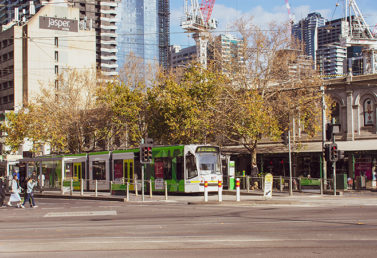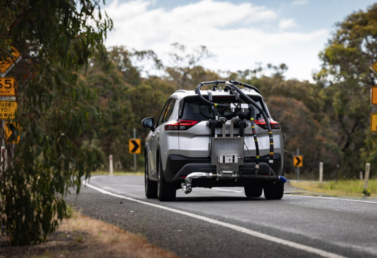Transport is a significant and unavoidable household cost that all levels of government must consider.

The Australian Automobile Association’s Transport Affordability Index for the September 2017 quarter, out today, shows Australian metropolitan households are spending 14.1 per cent of their annual income on transport, up from 13.4 per cent in the previous quarter.
AAA CEO Michael Bradley said city-based households were paying an average of $17,485 per annum – an increase of $191 since the previous index, when factors such as car registration, CTP insurance, public transport, tolls and maintenance were tallied.
“The quarterly index provides a snapshot of prices in cities and regional areas to assist policy makers, media and members of the public understand the financial pressures faced by Australian households in relation to land transport costs,’’ he said.
“The increases we have seen over the quarter are largely attributable to increases in government fees and charges. It really highlights that transport is a significant and unavoidable cost to households and needs to be considered by all levels of government when formulating policies.”
Costs varied significantly between capital cities and regional areas, with results showing that though Sydney remained the most expensive city on price alone – Brisbane was ranked the most expensive city for the cost of transport as a percentage of household income.
The report drew on many information sources including the 2016 census and the recently released ABS Household Expenditure and Income and Wealth surveys.
Key findings included:
ENDS
Media contact:
Jonathan Hawkes
0434 660 801
[email protected]
Follow us on @aaacomms

The latest AAA Transport Affordability Index reveals transport cost rises exceeded the consumer price index not only in the September 2023 quarter but also over the 12 months to the end of September.
read more
Initial results of Australia’s first program to test vehicle real-world performance show the cars tested use up to 13% more fuel on the road than they did in lab tests reported by manufacturers.
read more
The quarterly update of the AAA’s EV Index shows the Australian new vehicle market continuing to change.
read more